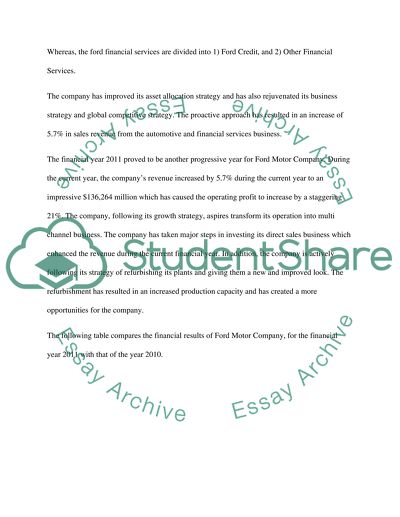Cite this document
(“Finance-Whether to undertake a project or not Research Paper - 1”, n.d.)
Finance-Whether to undertake a project or not Research Paper - 1. Retrieved from https://studentshare.org/finance-accounting/1605330-finance-whether-to-undertake-a-project-or-not
Finance-Whether to undertake a project or not Research Paper - 1. Retrieved from https://studentshare.org/finance-accounting/1605330-finance-whether-to-undertake-a-project-or-not
(Finance-Whether to Undertake a Project or Not Research Paper - 1)
Finance-Whether to Undertake a Project or Not Research Paper - 1. https://studentshare.org/finance-accounting/1605330-finance-whether-to-undertake-a-project-or-not.
Finance-Whether to Undertake a Project or Not Research Paper - 1. https://studentshare.org/finance-accounting/1605330-finance-whether-to-undertake-a-project-or-not.
“Finance-Whether to Undertake a Project or Not Research Paper - 1”, n.d. https://studentshare.org/finance-accounting/1605330-finance-whether-to-undertake-a-project-or-not.


